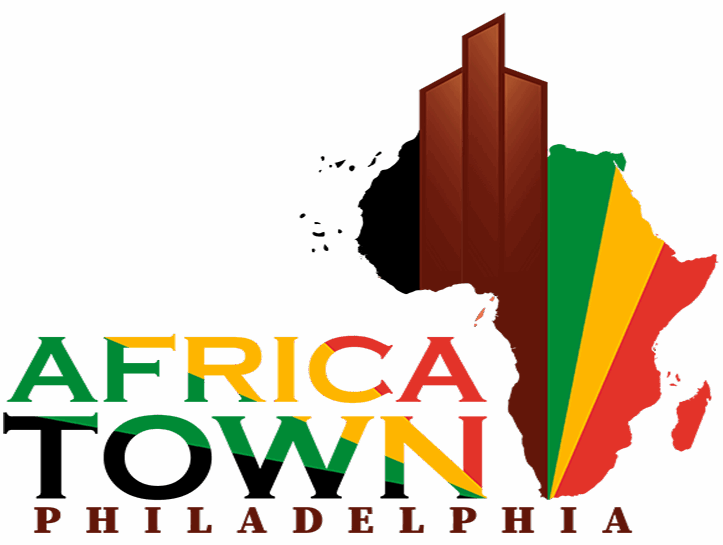West Africa
Learn more about the West Africa region
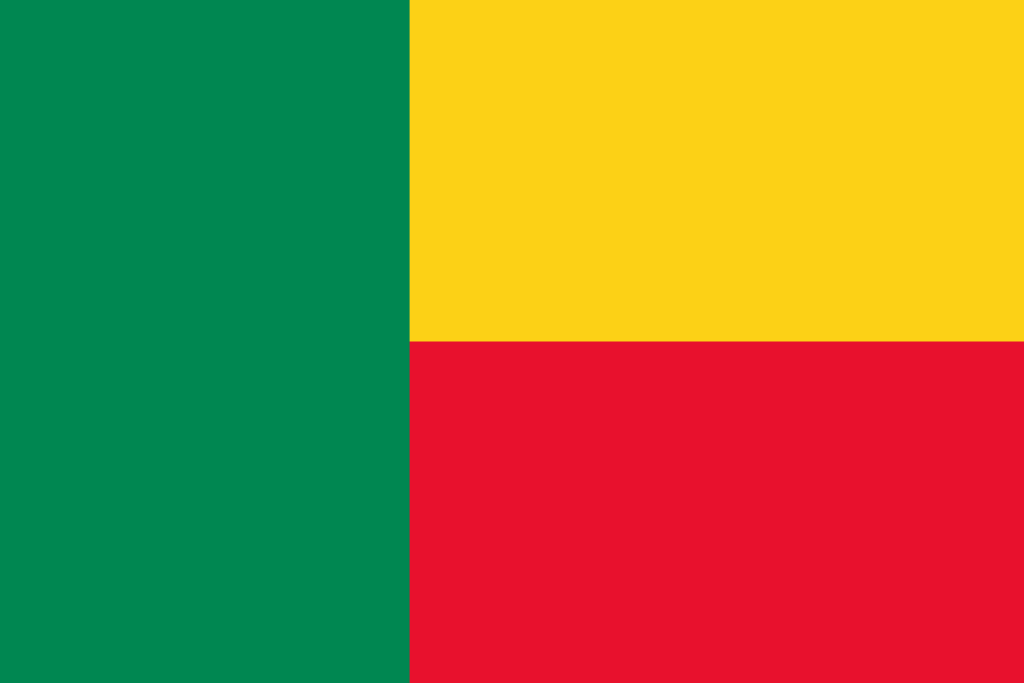
Benin
Once part of the powerful Dahomey Kingdom, Benin became a French colony before gaining independence in 1960.
- History: Its historical legacy includes vibrant art and traditional kingdoms..
- Population: ~12 million
- Languages: French (official); Fon and Yoruba among others
- GDP: ~US$15 billion
- Main Products: Cotton, textiles, agricultural produce
- Government: Presidential republic

Burkina Faso
Often referred to as the “land of honest people,” Burkina Faso boasts a history of ancient kingdoms and modern cultural achievements, particularly in film and art. Formerly known as Upper Volta, it has experienced significant political shifts since its independence from France in 1960.
- Population: ~22 million
- Languages: French (official); Mossi and various indigenous tongues
- GDP: ~US$17 billion
- Main Products: Cotton, gold, agricultural commodities
- Government: Semi-presidential republic
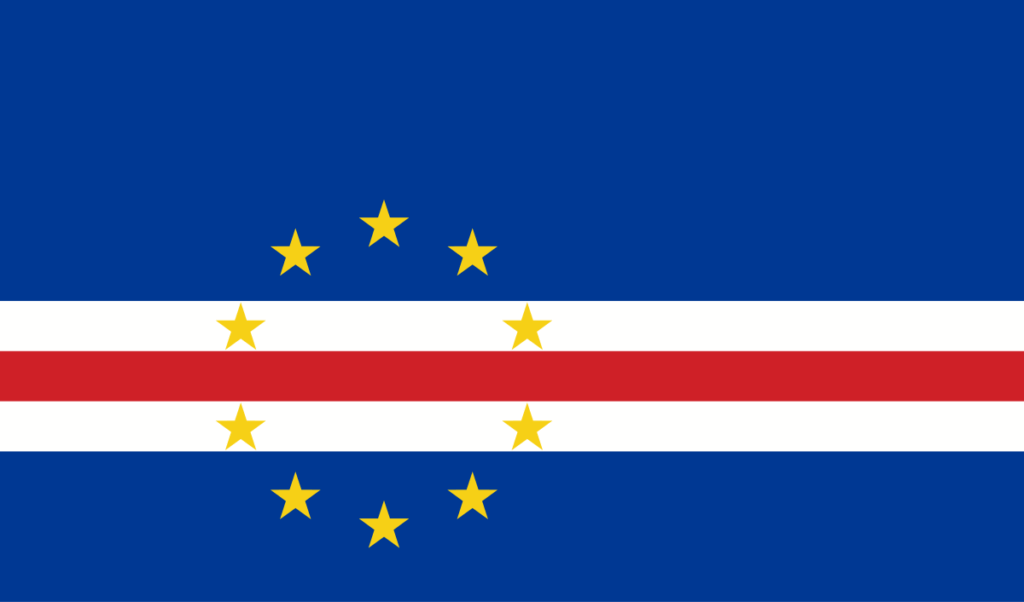
Cape Verde (Cabo Verde)
An archipelago off the West African coast, Cape Verde was a Portuguese colony until 1975. It has since developed a stable democracy and a growing tourism sector.
- Population: ~0.6 million
- Languages: Portuguese (official), Cape Verdean Creole
- GDP: ~US$2 billion
- Main Products: Services (tourism), fish, coffee
- Government: Semi-presidential republic

Côte d’Ivoire (Ivory Coast)
A former French colony notable for its cocoa production, rich cultural expressions, and rapid economic growth. Gained independence in 1960; it experienced both economic booms and political unrest.
- Population: ~27 million
- Languages: French (official) alongside various indigenous languages
- GDP: ~US$58 billion
- Main Products: Cocoa, coffee, palm oil
- Government: Presidential republic

The Gambia
Situated along the Gambia River, once a center of trans–Saharan trade, this country was a British colony before gaining independence in 1965. It has maintained a predominantly agrarian economy with growing tourism.
- Population: ~2 million
- Languages: English (official); Mandinka and others are spoken
- GDP: ~US$1.4 billion
- Main Products: Agriculture, tourism
- Government: Presidential republic
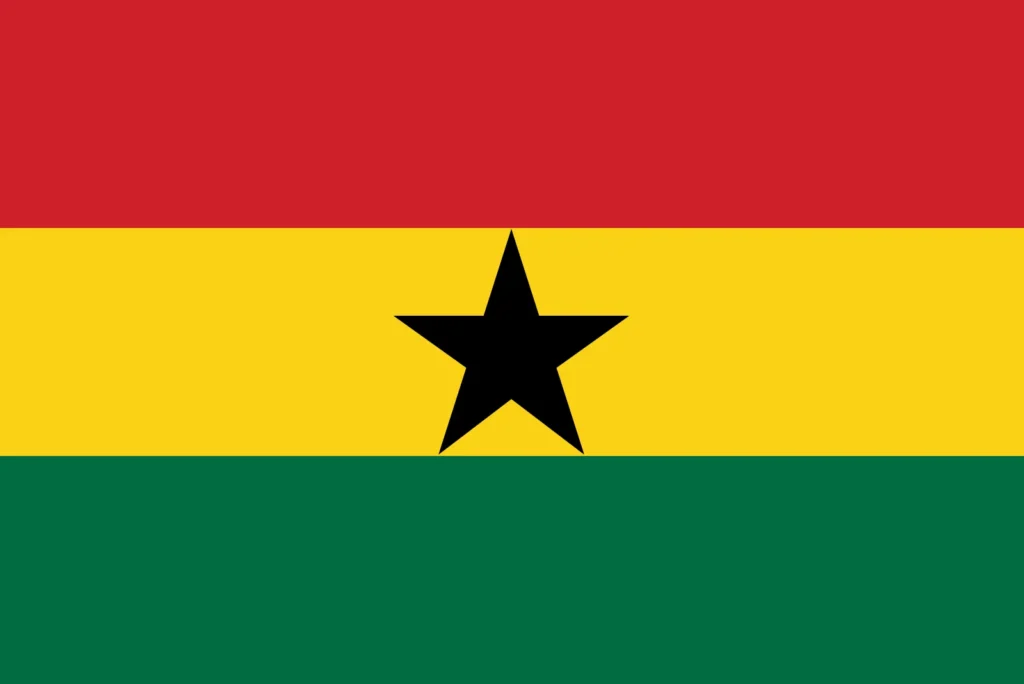
Ghana
Renowned for its ancient kingdoms and a pivotal role in trans-Saharan trade, Ghana gained its independence in 1957 from British colonial rule. It is a beacon of democracy and cultural celebration in West Africa.
- Population: ~31 million
- Languages: English (official) with numerous local languages (e.g., Akan)
- GDP: ~US$68 billion
- Main Products: Gold, cocoa, oil
- Government: Presidential republic
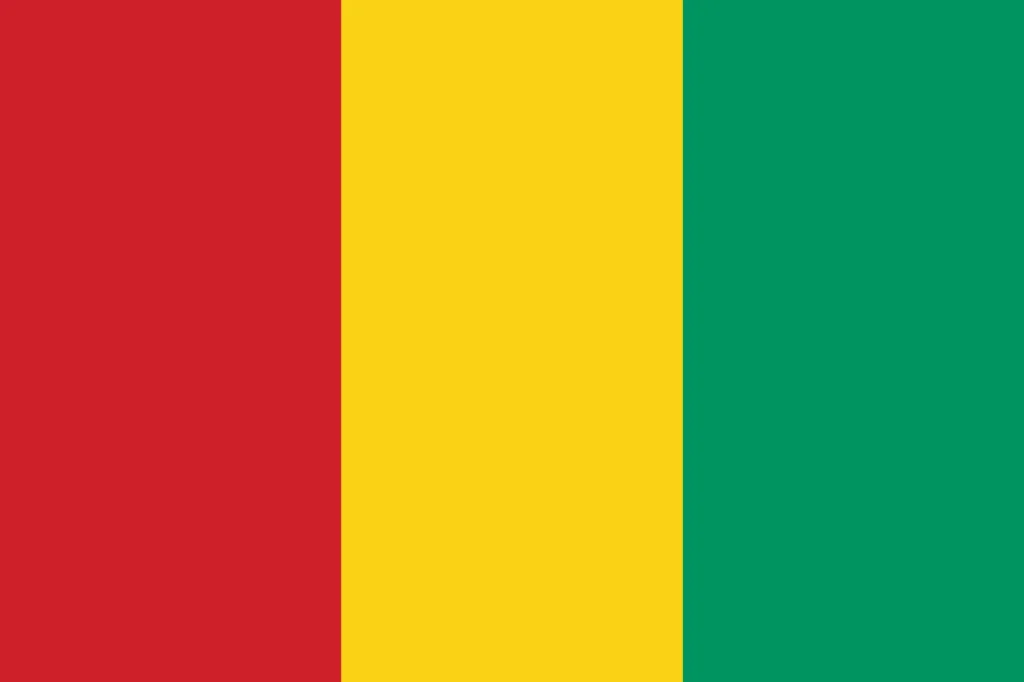
Guinea
Gaining independence from France in 1958, this nation is known for its abundant natural resources, particularly in the mining sector.
- Population: ~13 million
- Languages: French (official) along with indigenous languages
- GDP: ~US$10 billion
- Main Products: Bauxite, gold, diamonds
- Government: Presidential republic

Guinea-Bissau
After a protracted liberation struggle against Portuguese colonial rule, Guinea-Bissau declared independence in 1973. The country has since experienced significant political instability.
- Population: ~2 million
- Languages: Portuguese (official); Crioulo widely spoken
- GDP: ~US$1.5 billion
- Main Products: Cashews, fish, assorted agricultural products
- Government: Semi-presidential republic
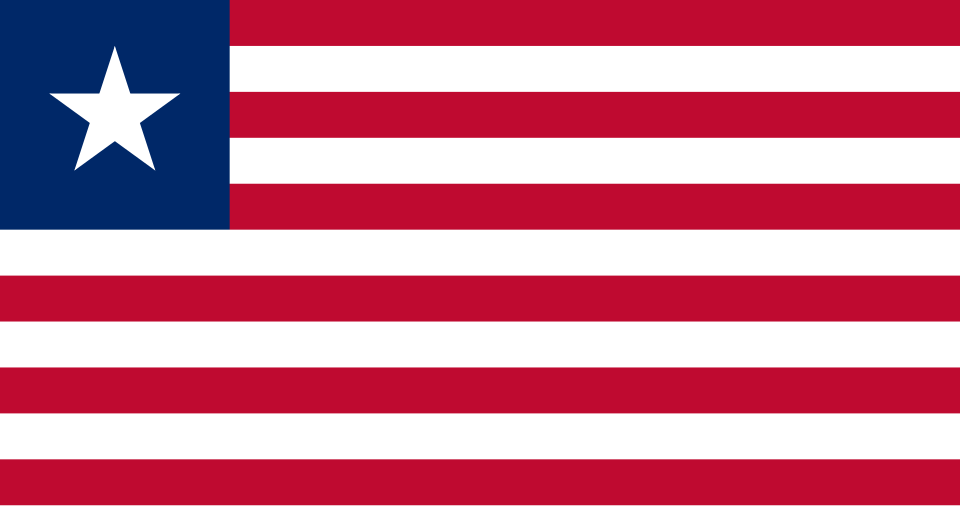
Liberia
Founded in the early 19th century by freed American slaves, Liberia declared its independence in 1847. The country endured civil wars in the late 20th century and is in a process of recovery and reform.
- Population: ~5 million
- Languages: English (official) along with several indigenous languages
- GDP: ~US$3 billion
- Main Products: Rubber, timber, minerals
- Government: Presidential republic
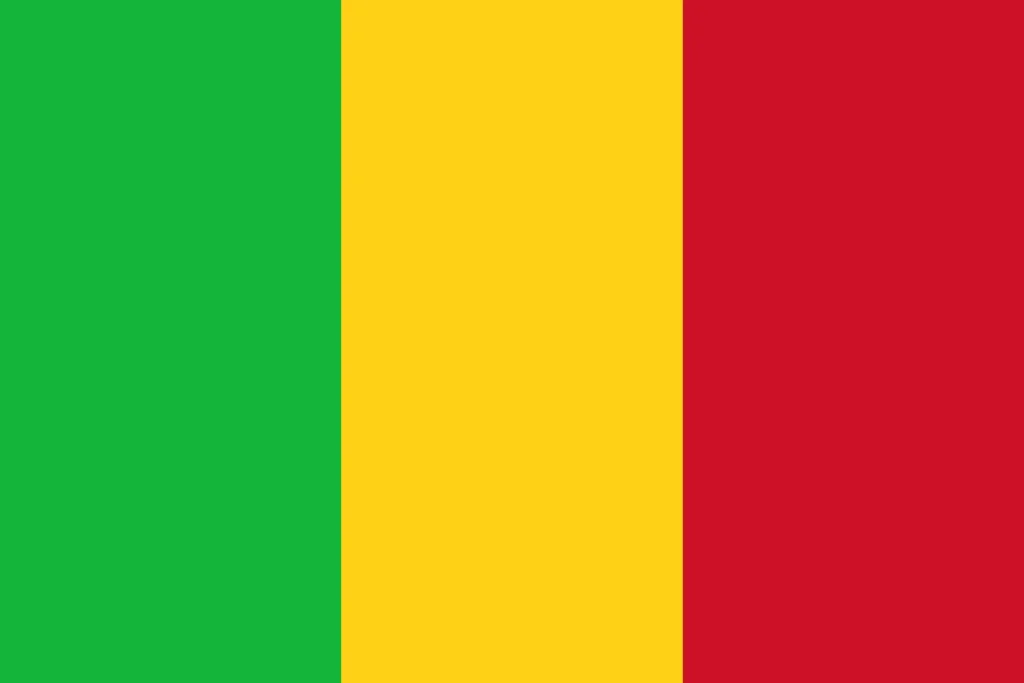
Mali
Historic home to the Mali Empire and legendary cities like Timbuktu, It became a French colony and gained independence in 1960. Mali is celebrated for its contributions to African art and music.
- Population: ~20 million
- Languages: French (official); Bambara and others
- GDP: ~US$17 billion
- Main Products: Gold, cotton, livestock
- Government: Semi-presidential republic
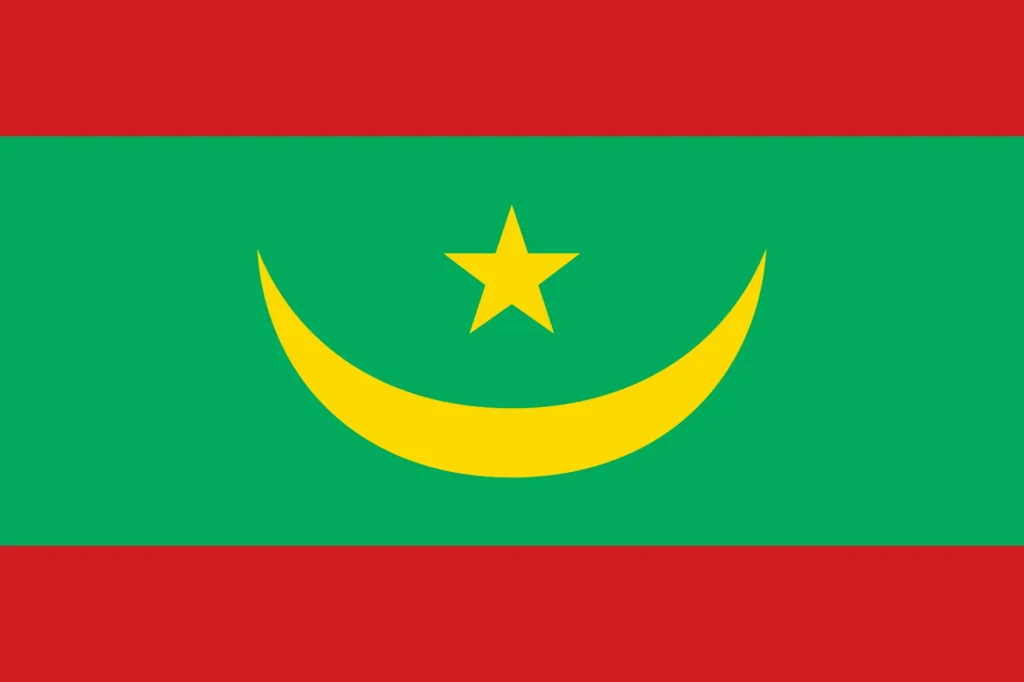
Mauritania
With ancient links to trans-Saharan trade, it achieved independence from France in 1960 and reflects both Arab and African influences.
- Population: ~4.5 million
- Languages: Arabic (official); French and local languages
- GDP: ~US$8 billion
- Main Products: Iron ore, fish, livestock
- Government: Islamic republic
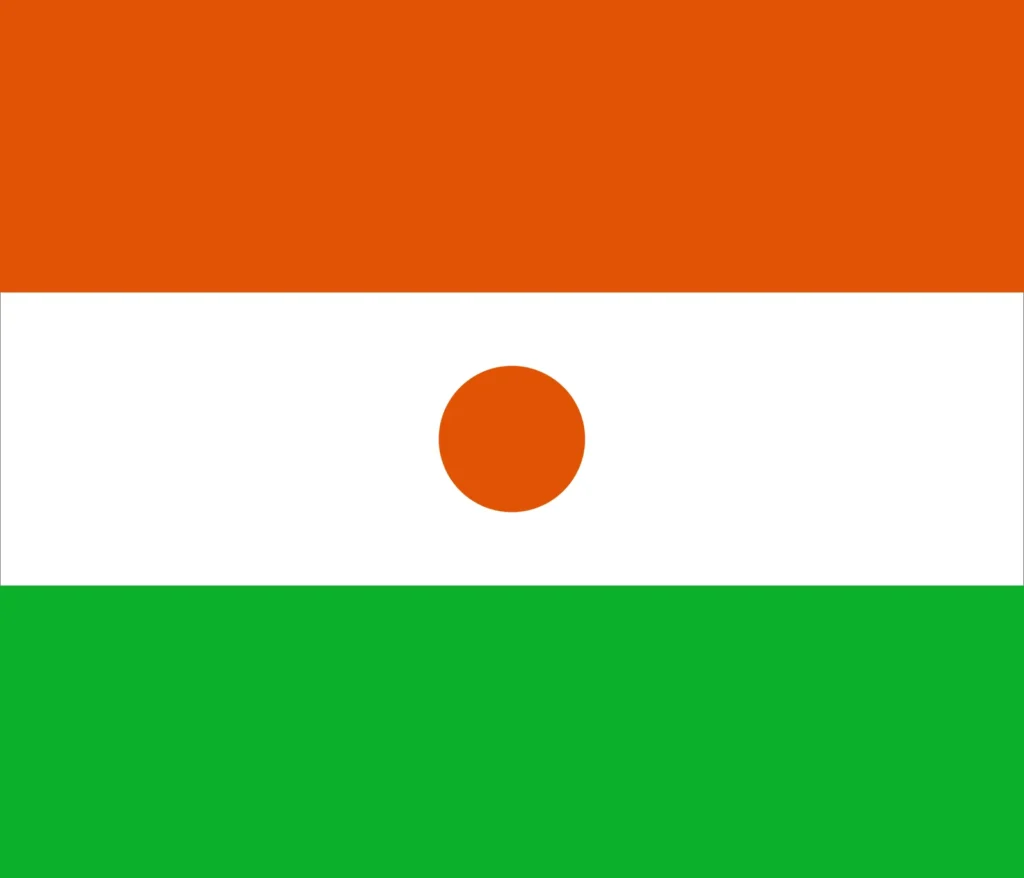
Niger
Niger is home to enduring ancient cultures and empires. Vast landlocked nation, it achieved independence from France in 1960. The country faces significant challenges including desertification and recurrent droughts.
- Population: ~25 million
- Languages: French (official) plus Hausa, Zarma, and others
- GDP: ~US$13 billion
- Main Products: Uranium, livestock, agricultural products
- Government: Semi-presidential republic
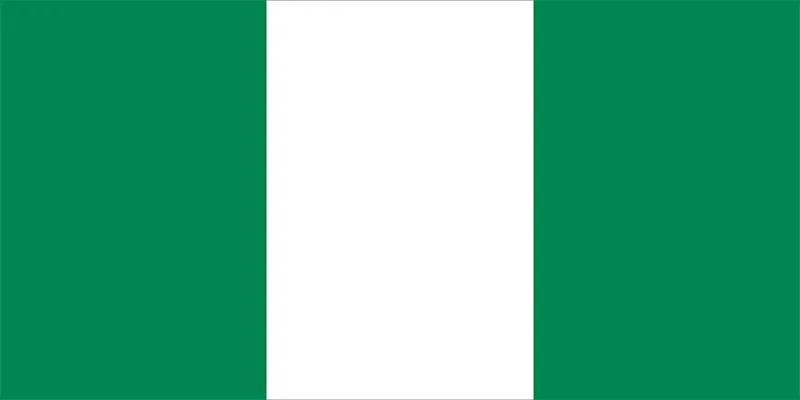
Nigeria
Africa’s most populous nation, Nigeria is a cultural powerhouse known for its diverse ethnic groups, thriving film industry (Nollywood) and music scene. The country has significant natural resources. It achieved independence from Britain in 1960.
- Population: ~216 million
- Languages: English (official) along with 500+ indigenous languages
- GDP: ~US$440 billion
- Main Products: Oil, agriculture, telecommunications
- Government: Federal presidential republic
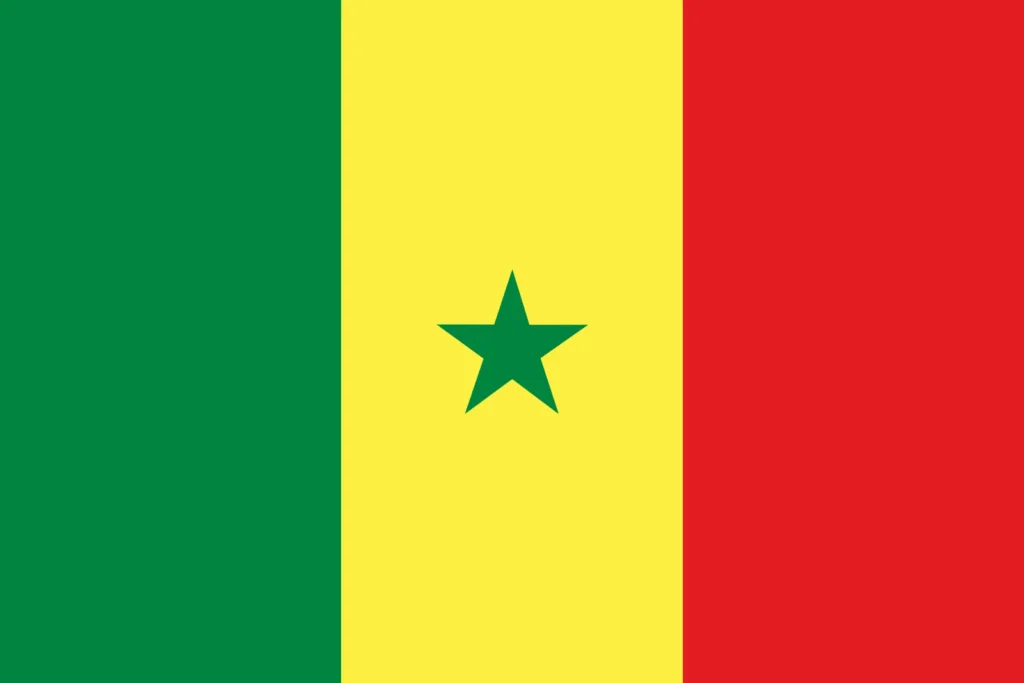
Senegal
Once part of vast West African empires, Senegal’s history is interwoven with Islamic traditions and French colonial legacies. The country gained its independence from Farnce in 1960. It is known for its cultural vibrancy
- Population: ~17 million
- Languages: French (official); Wolof is widely spoken
- GDP: ~US$25 billion
- Main Products: Peanuts, fish, tourism
- Government: Presidential republic

Sierra Leone
Established in the late 18th century as a settlement for freed slaves, Sierra Leone was later a British colony and became independent in 1961. Its recent history includes a devastating civil war during the 1990s, from which it has been gradually recovering.
- Population: ~8 million
- Languages: English (official); Krio serves as a lingua franca
- GDP: ~US$4 billion
- Main Products: Diamonds, iron ore, agricultural goods
- Government: Presidential republic

Togo
Togo was initially colonized by Germany and, after World War I, passed under French administration. It gained independence in 1960, though its post-independence history has seen periods of political unrest.
- History: Colonized first by Germany then by France, it gained independence in 1960 and has undergone several regime changes.
- Population: ~8 million
- Languages: French (official); Ewe and other indigenous languages
- GDP: ~US$5 billion
- Main Products: Phosphates, agricultural products, textiles
- Government: Presidential republic
